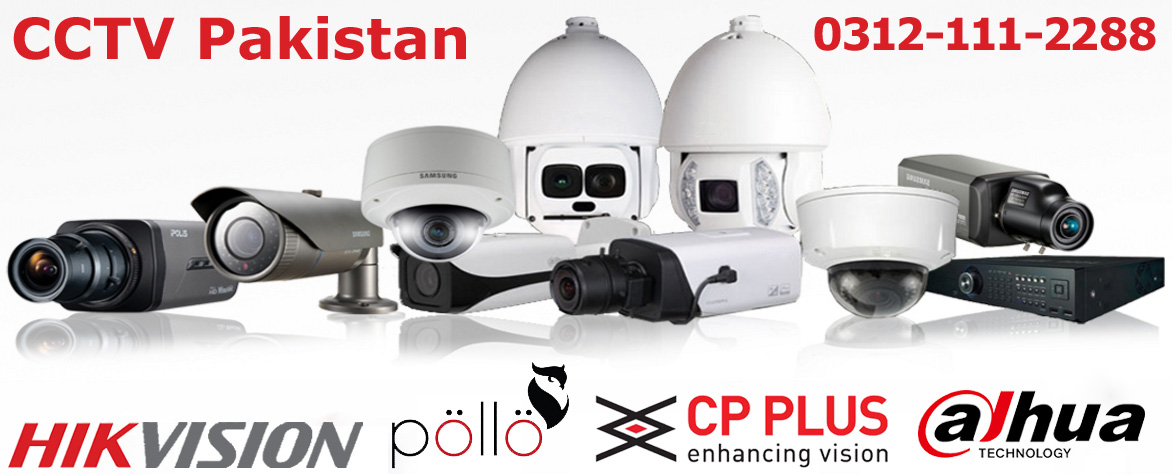For most commercial CCTV systems in Pakistan, structured cabling running throughout the walls and connecting your security cameras to the server or NVR will be a vital component during surveillance camera installation. While more and more wireless security cameras are becoming popular, especially for home use, wired security cameras still reign supreme for more permanent and demanding security use.
IP Camera Installation Cabling
When using IP cameras – as most CCTV systems do these days – you will most likely be looking at Cat5E or Cat6 cables, which can transfer the large amount of data required by digital video and high resolutions at very fast speeds, and often over long distances. This is an upgrade from the coax cabling that usually powers analog security cameras; coax cables are reliable, but not compatible with IP camera installation. In many cases, Cat5e and Cat6 cables will also power the security cameras, eliminating the need for further wiring. This is called Power-Over-Ethernet and requires a PoE switch when the security cameras are not connected to an NVR. Wireless security cameras may need less wiring in the walls but will still require cables to power the security camera separately, usually via 110VAC power.
Network Video Recorder (NVR)
The Network Video Recorder, also known as the NVR, is another essential element to any IP camera system. Connected to the same IP network, the NVR can be installed virtually anywhere in your building or home. The NVR allows you to record and store video on a hard drive, snap images and transmit them to your computer or remote device for live and recorded viewing. Network Video Recorders usually have multiple channels for inputting security camera feeds, and are an all-in-one place for combining feeds and keeping a comprehensive eye on your surveillance feeds. NVRs and DVRs may be placed on a shelf or desk, wall mounted, or mounted behind a false wall.
NVR’s differ mainly from DVR’s in that they record video from IP cameras, while DVR’s mainly record analog-based video to a digital format. Standard DVR recorders use coaxial cables, while many NVRs connect through Ethernet cables, such as a cat5e or cat6.
Hard Drives
An NVR makes it easy to record video surveillance footage, but you will need connected hard drives on which to store this footage. Choosing the right amount of storage for your surveillance camera installation can seem like a confusing gamble, but it doesn’t have to be; it’s simply a matter of calculating the length of video you need to store, by the bitrate and resolution your camera shoots at. When recording 4k security camera video, this can end up being a large number requiring terabytes of footage. For lesser archival needs, you can usually get away with much less.
